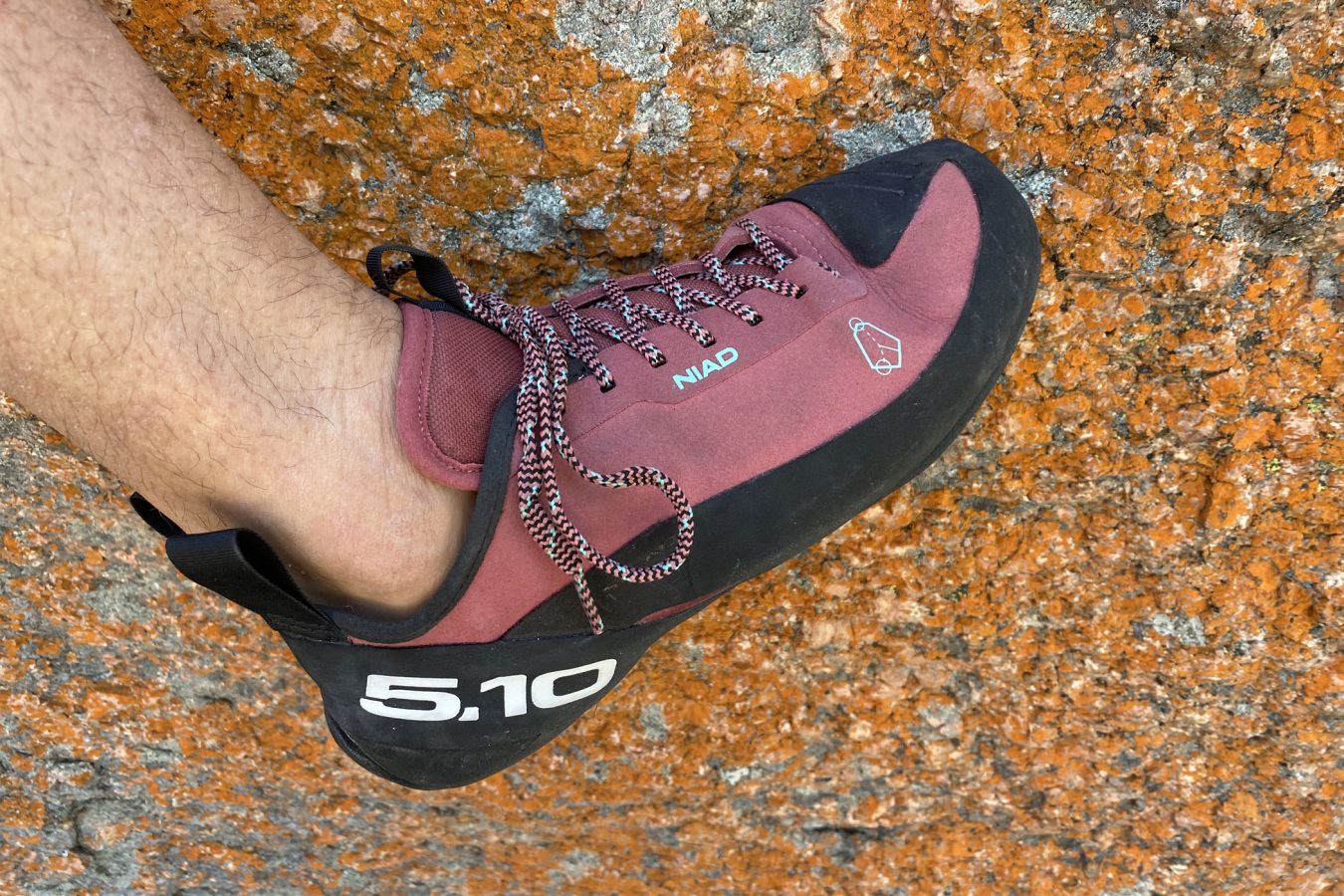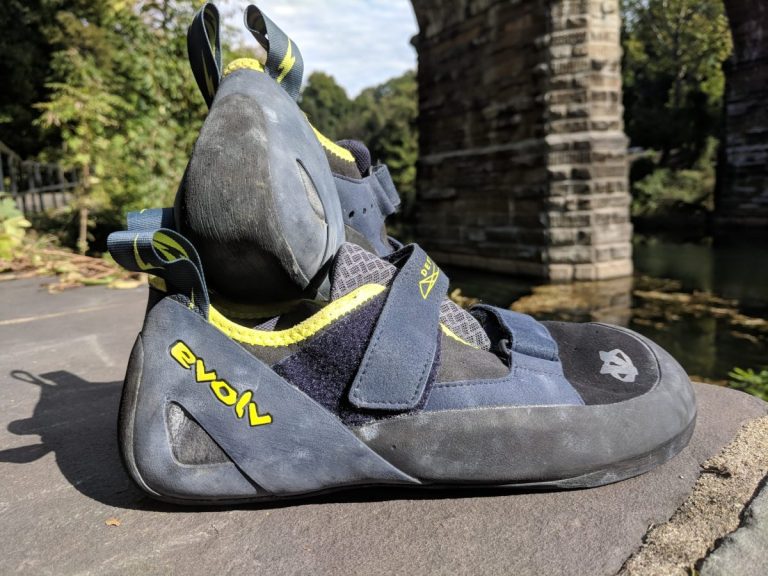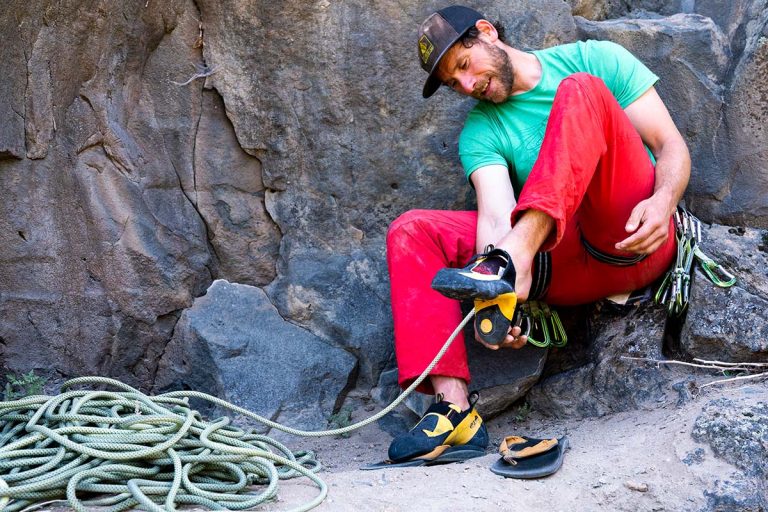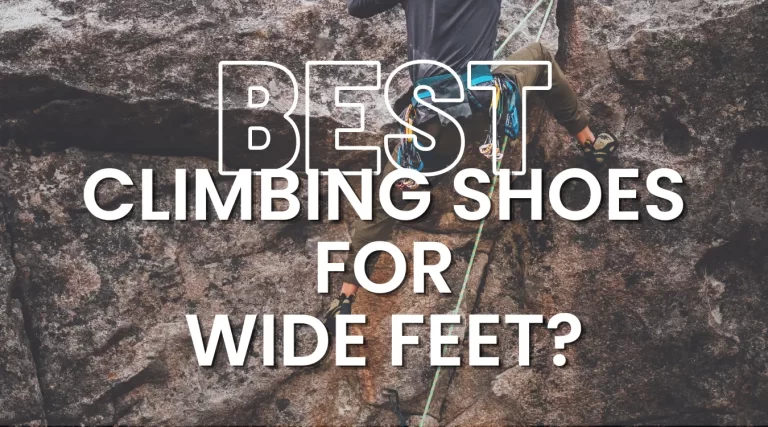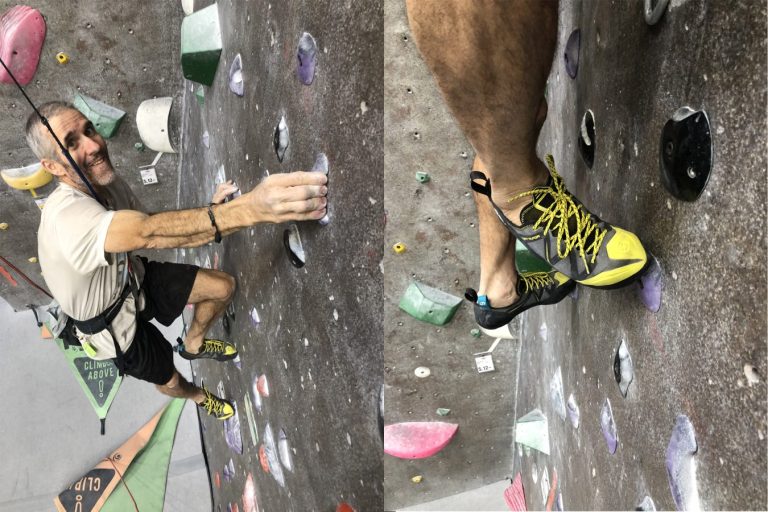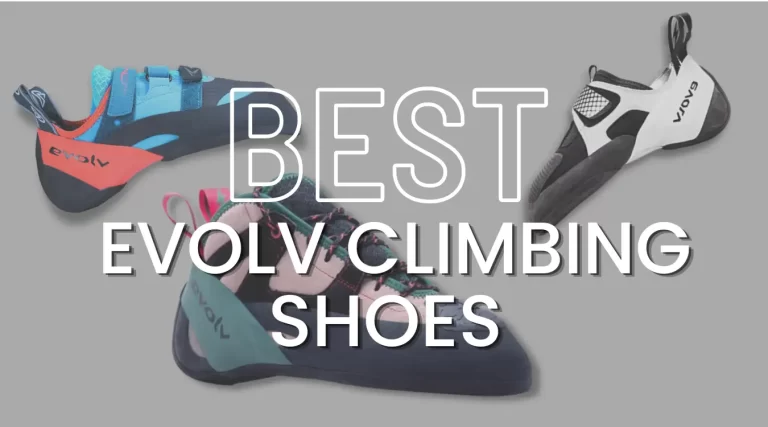Exploring the New NIAD Climbing Shoes: A Review
If you’re a climbing enthusiast, you’re likely familiar with the iconic Anasazi climbing shoe line by Five Ten. Since its inception in 1992, these shoes have been a go-to choice for gym climbers, boulderers, sport climbers, and trad climbers alike. However, in recent times, Five Ten has given this classic line a makeover, rebranding it as the NIAD line, which stands for Nose in a Day. In this article, we’ll delve into the NIAD VCS model, highlighting its features and performance, and explore the changes that have been made to this legendary climbing shoe.
Evolution of an Icon
The Anasazi line, created by founder Charles Cole, has been a staple in the climbing world for over two decades. These shoes are known for their precision, comfort, and support, making them a top choice for climbers of all levels. The line includes soft slippers, mid-stiff Velcros, and rigid Lace-Ups, each designed to cater to specific climbing needs.
The NIAD VCS: A New Approach
The NIAD VCS, which I had the opportunity to test, marks a significant evolution from its Anasazi predecessor. This model boasts several noteworthy features that caught my attention during my climbing adventures.
Precision on Thin Seams
One of the standout features of the NIAD VCS is its flat-lasted (neutral) sole, which excels on thin seams and vertical to gently overhanging faces. This sole design provides a level of precision that is crucial for climbers tackling intricate routes.
Chiseled Toe Design
The chiseled toe design of the NIAD VCS is both precise and powerful. It allows climbers to stand on small nubbins with confidence and smudge steep edges effectively. This design element significantly enhances the shoe’s versatility.
Heel Tension for Added Support
To ensure maximum support, the NIAD VCS features heel tension, known as the slingshot rand, which pushes the climber’s toes into the toebox. This added support proved invaluable during steep climbs, providing the necessary confidence to push limits.
Reliable Friction with C4 Rubber
Climbing requires reliable friction, and the NIAD VCS delivers just that with its 3.5mm C4 rubber soles. These soles provide the necessary grip, even on challenging terrain.
Breaking Them In
It’s essential to note that, like any climbing shoe, the NIAD VCS may require some breaking in. Initially, I found myself climbing more on my tippy-toes to harness the full potential of the shoe’s front toe power. However, once they were broken in, the shoes performed flawlessly, and I could trust them not to slip, even on the steepest of climbs.
Comfort and Durability
Beyond performance, comfort and durability are essential factors for climbers. The NIAD VCS doesn’t disappoint in this regard. The unlined uppers are constructed with high-comfort, low-stretch suede microfiber that remains breathable and abrasion-resistant. After numerous bouldering, sport climbing, and trad sessions, my feet stayed comfortable, and the shoes still looked brand new.
Innovative Design Choices
The NIAD VCS incorporates some innovative design choices that climbers will appreciate. The generously sized Velcro straps offer various width options, ensuring a secure fit for a wide range of foot shapes. These straps wrap horizontally from the base of the ankle to midway across the foot, avoiding pressure on sensitive areas.
Additionally, the shoe features a new non-stretch stiffener that molds to the front of the shoe inside the footbed. This soft-to-the-touch material enhances comfort and performance.
Redesigned Heel for Enhanced Comfort
One common complaint with the Anasazi line was the Achilles-tendon pinch. Five Ten has addressed this issue in the NIAD VCS by redesigning the heel. The new heelcup offers a form-fitting 3D shape, wrapping the Achilles tendon comfortably and providing a secure fit for heel hooking and jamming cracks.
A Real-World Test
To truly put the NIAD VCS to the test, I headed to Yosemite’s Arch Rock, a location known for its challenging climbs. The shoe’s performance on Midterm, a notoriously difficult 5.10 route, left me impressed. From first-knuckle fingertip jamming with slick edges to wide cracks and a slick, flared chimney, the NIAD VCS didn’t slip once. It conquered every challenge, making it a top choice for climbers tackling demanding routes.
Pros and Cons
As with any climbing shoe, there are pros and cons to consider:
Pros
- Asymmetric design enhances power over the big toe, making it easier to climb seams and smudge off small edges.
- Redesigned heelcup eliminates the Achilles-tendon pinch, enhancing comfort during climbs.
- Breathable, synthetic uppers are abrasion-resistant and soft against the skin.
Cons
- The asymmetric design can cause the rubber in the big-toe area to wear out more quickly.
In conclusion, the Five Ten NIAD VCS is a worthy successor to the beloved Anasazi line. Its precision, comfort, and innovative design choices make it a top pick for climbers of all levels. While the asymmetric design may result in quicker wear in the big-toe area, the overall performance and comfort of the shoe more than compensate for this minor drawback.
Whether you’re a seasoned climber or just starting your climbing journey, the NIAD VCS is a shoe that should be on your radar.
FAQs
- Are there women’s models available for the NIAD VCS? Yes, both the VCS and Lace-Up models have women’s versions.
- How does the NIAD VCS perform on steep climbs? The NIAD VCS excels on steep climbs, providing excellent grip and precision.
- Is the shoe suitable for wide feet? The generously sized Velcro straps offer width options, making the shoe suitable for a range of foot shapes, including wide feet.
- What is the significance of the NIAD acronym? NIAD stands for Nose in a Day, paying homage to the company’s roots in Yosemite climbing.
- Can the NIAD VCS handle cracks and heel hooking? Yes, the redesigned heelcup and additional rubber on the uppers make it suitable for crack climbing and heel hooking.
